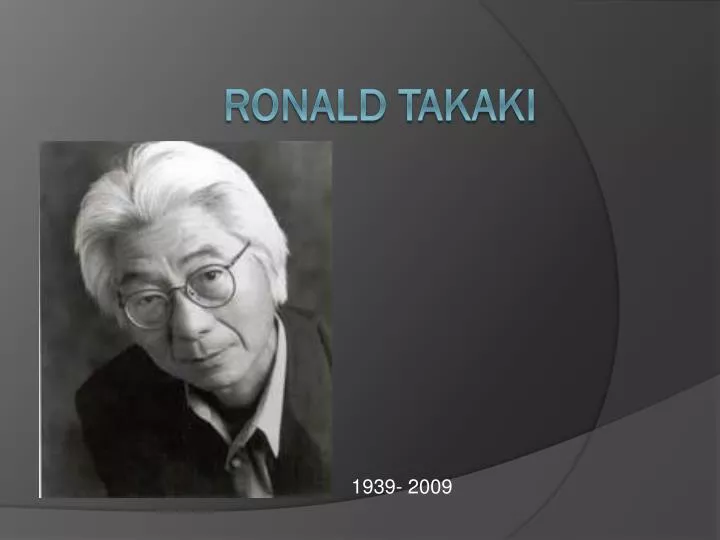

Given all of the above, this is still a decent, if not great, read.

For me, The Tempest is an early example of modern inclusionism, not an example of European exclusionism. The Tempest is my favorite of Shakespeare's plays, and I have always felt the play is about how Prospero must integrate his Caliban, and his Arial, within himself, to become fully human and reintegrate back into the wider world. The author also repeatedly uses the character of Caliban from Shakespeare's The Tempest as a symbol of the European marginalization of non-European people. It was telling to me that the author proposed to cover race and ethnicity inclusively, then goes on to list the races to be covered (which was not quite an inclusive list). I think such education is better done through more inclusive and integrated histories, personal stories like Coates' "Between the World and Me", and inclusion of non-stereotyped characters in popular entertainment. If that was the goal, I think this book misses the mark. It seems one intent for this book was to educate people like this taxi driver. In the book's foreword the author (of Japanese ancestry and born in the US with several generations in the US) was asked by a white taxi driver how long he had been in this country and he was told that his English was excellent. Every American should know, and understand, the inequities suffered by minorities, but this should be understood within a broad context.

I thus felt this was less compelling than the best of histories. In this book, the history is not integrated, it focuses largely on the inequities suffered by minorities, instead of a broad swath including the inequities along with the many scientific, technical, cultural, artistic, and political contributions of minorities. Most of this material was covered back then, and covered in a more integrated way. Perhaps, once upon a time, the history of minorities in the US was not covered in K-12 histories, but for decades (at least in California where I graduated high school in 1976) this has no longer been the case. This (like all histories) distorts in its own way. This is book attempts to look at US history through a different mirror by focusing upon the history of various minorities.


 0 kommentar(er)
0 kommentar(er)
